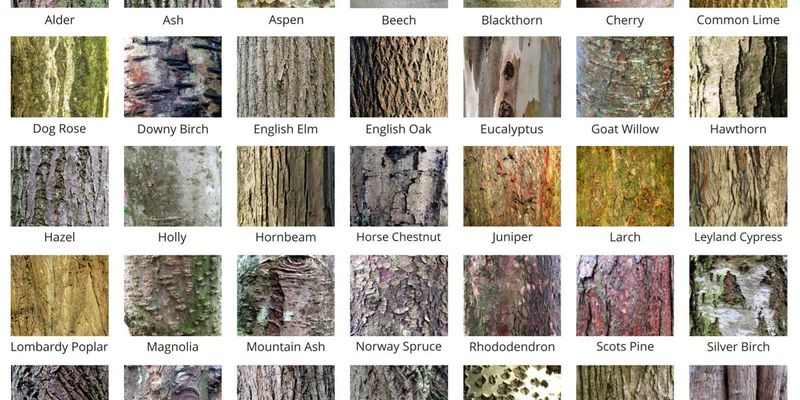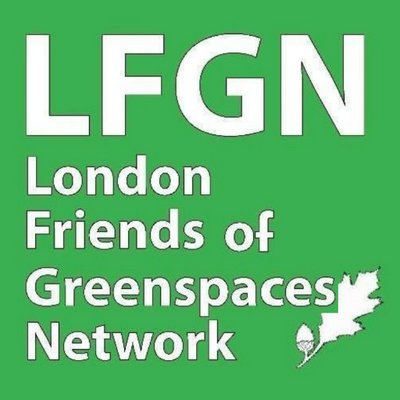London's 8.4 million trees are worth £133 million a year to Londoners.
That statement needs some qualification. The value comes from the carbon they store, the stormwater they absorb, their insulating effect on our climate, pollution removal and amenity value.
14% of Greater London is covered by trees, with their canopies shading 21% of the space. So, by the UN's Food and Agriculture Organisation [FAO] definition, Londoners are forest dwellers!
The three most common species across London are sycamore (Acer Pseudoplatanus) at 7.8% of the population, English oak (Quercus robur) at 7.3%, and silver birch (Betula pendula) at 6.2%.
In Inner London, birch (Betula spp), lime (Tilia cordata) and apple (Malus spp) are the three most commonly recorded trees with 11.7%, 6.2% and 5.9% of the population respectively.
In Outer London, the three most common species recorded were sycamore (Acer Pseudoplatanus) at 8.5%, English oak (Quercus robur) 8.3% and hawthorn (Crataegus monogyna) with 6.8% of the population.
Ignoring the 2000 plus different species of tree found in Kew Gardens, the number of "dominant" or general tree species in the capital is 126.
In Inner London the London plane, sycamore and oak are the most important trees in terms of carbon sequestration. In Outer London, it's sycamore, oak and silver birch.
Some wildlife species in the capital subject to legal protection are strongly associated with trees and woodland. These include all bats (at least 9 species in Greater London), badger, purple emperor, white-letter hairstreak, stag beetle, and oak polypore. Special protection also applies to a range of birds including hobby, barn owl, firecrest, and all breeding birds (many of which nest in trees and shrubs) (Greater London Authority, 2005).
A mature oak tree will support over 280 different species of insects. Then there are birds, mammals, lichens, mosses and many other creatures that depend on trees for food or nesting sites.
The total replacement cost of all trees in London currently stands at £6.1 Billion Pounds. Oak is the most valuable species of tree, on account of both its size and population, followed by sycamore and ash.
So, if you have suitable space, get tree planting, but make sure you have all you need to maintain them as they grow, bearing in mind some trees in London are more than 200 years old!



